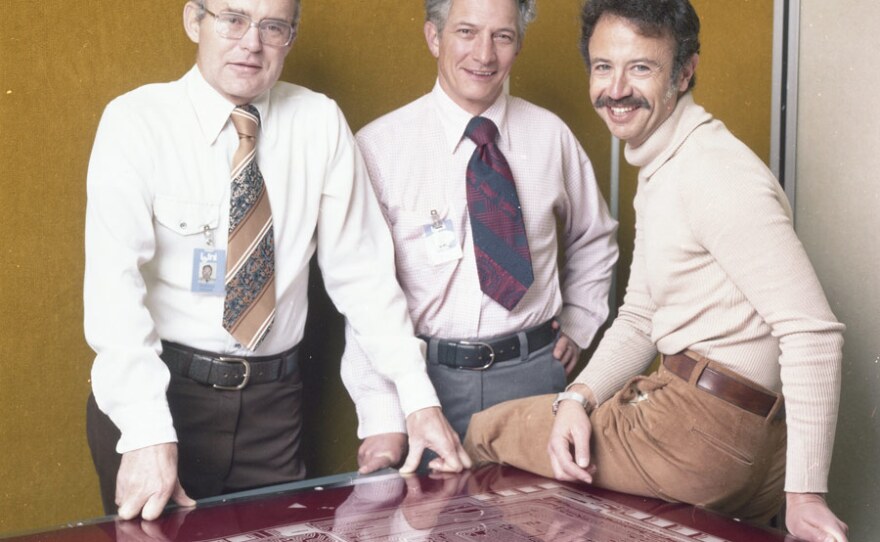In 1957, decades before Steve Jobs dreamed up Apple or Mark Zuckerberg created Facebook, a group of eight brilliant young men defected from the Shockley Semiconductor Company in order to start their own transistor company. Fairchild Semiconductor’s radical innovations helped make the United States a leader in both space exploration and the personal computer revolution, transforming a fertile valley in California into a hub of technological ingenuity and changing the way the world works, plays and communicates.



Their leader was 29-year-old Robert Noyce, a physicist with a brilliant mind and the affability of a born salesman. Over the next decade, Noyce ran the new company and co-invented the integrated circuit, which would become an essential component of modern electronics including computers, motor vehicles, cell phones, and household appliances.
Told through the story of Noyce, who went on to found Intel, "Silicon Valley" is a vibrant examination of the rough-and-tumble early days of the high tech industry and the thrilling interplay of cutting-edge science and high-stakes business that defines the unique culture of Silicon Valley. This program was directed by Randall MacLowry.
On October 4, 1957, the young founders of the newly minted start-up heard some startling news: the Soviet Union had just launched the first artificial satellite into orbit around the earth. With the United States scrambling to catch up, the timing couldn’t have been better for the upstarts at Fairchild. Eisenhower quickly launched NASA and the nation’s new obsession with technology provided the opportunity of a lifetime.
In less than two years, Noyce would co-create a groundbreaking invention that would help put men on the moon. But Noyce’s innovation — the integrated circuit — would have an impact far beyond the Apollo program.
The integrated circuit, also known as the microchip, would re-shape the future, making possible the invention of smart phones and digital video recorders, pacemakers and microwaves possible, and launching the world into the Information Age.
Not only did Noyce’s invention transform the world, his management style launched the unique business culture for which Silicon Valley would come to be known — openness over hierarchy, risk over stability, jeans over suits.
This revolutionary new style continued at Noyce’s next venture, Intel, which in 1971, introduced the world’s first microprocessor, the driving force of every digital product we use today, and the heart of a 100-billion-dollar industry.
An eye-opening look at the birthplace of the modern technological era told by the people who shaped it, "Silicon Valley" is a fascinating reminder of how a few brilliant iconoclasts transformed a rural farmland into one of the most exciting, innovative and influential places on earth.
AMERICAN EXPERIENCE is on Facebook, and you can follow @AmExperiencePBS on Twitter.





